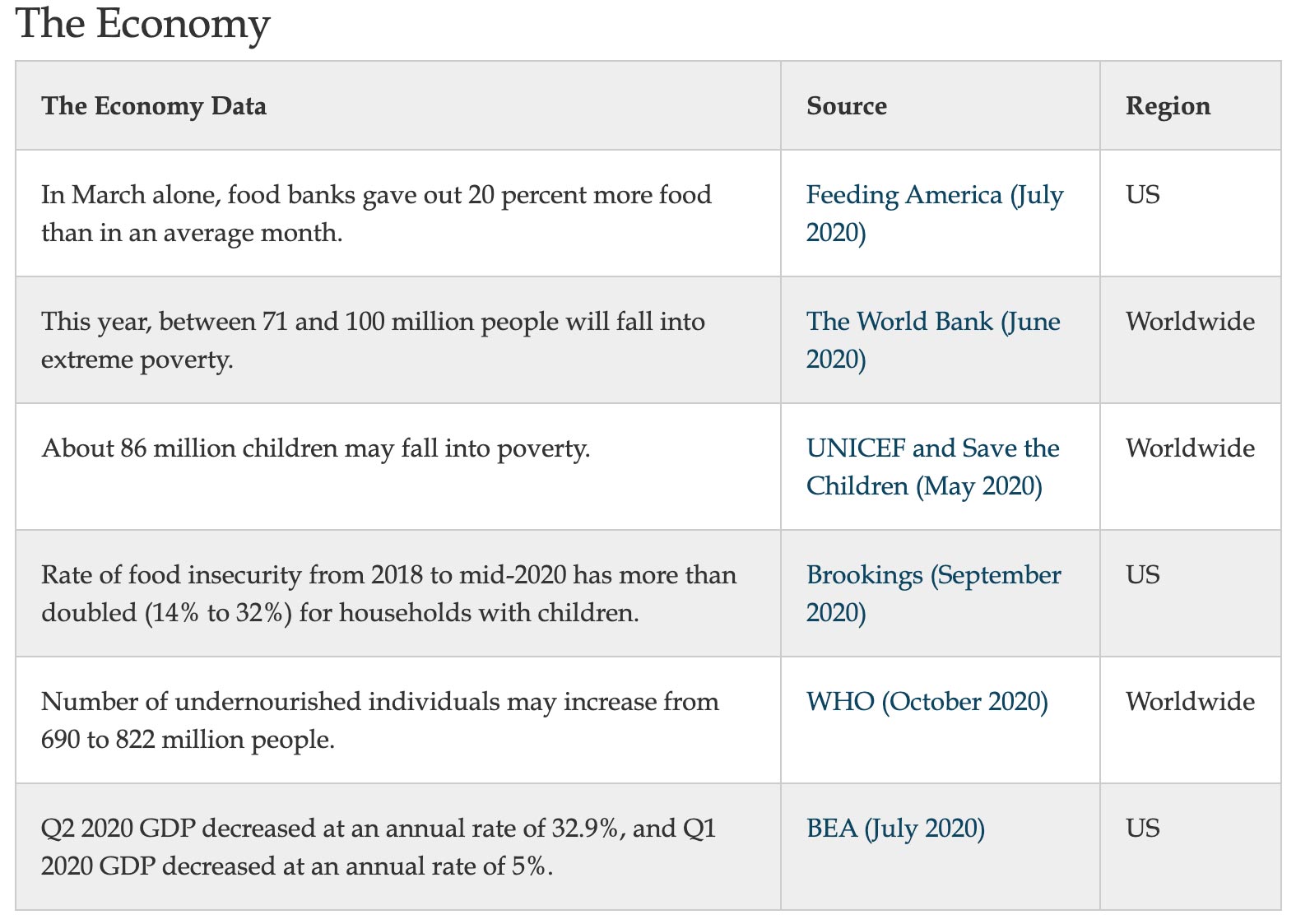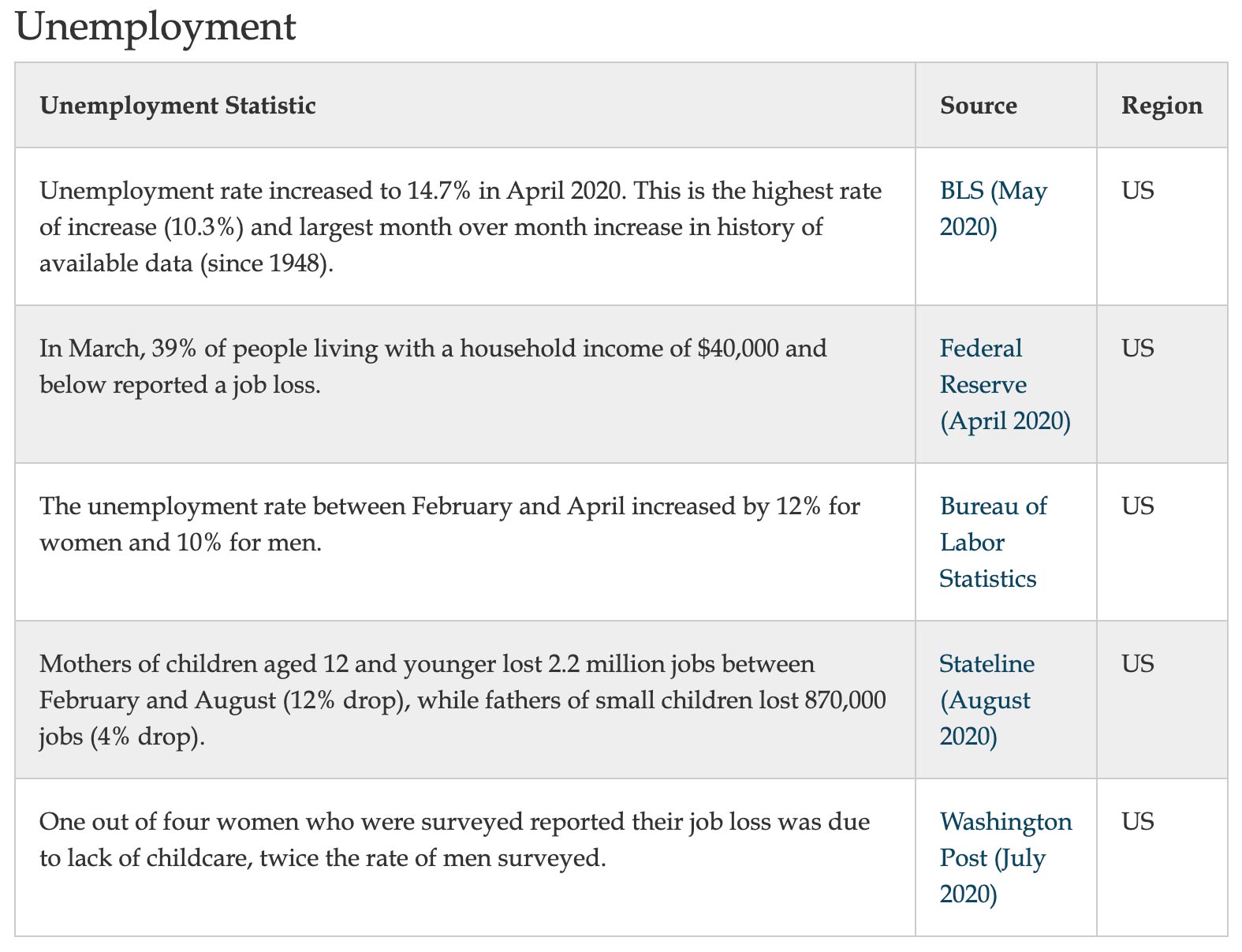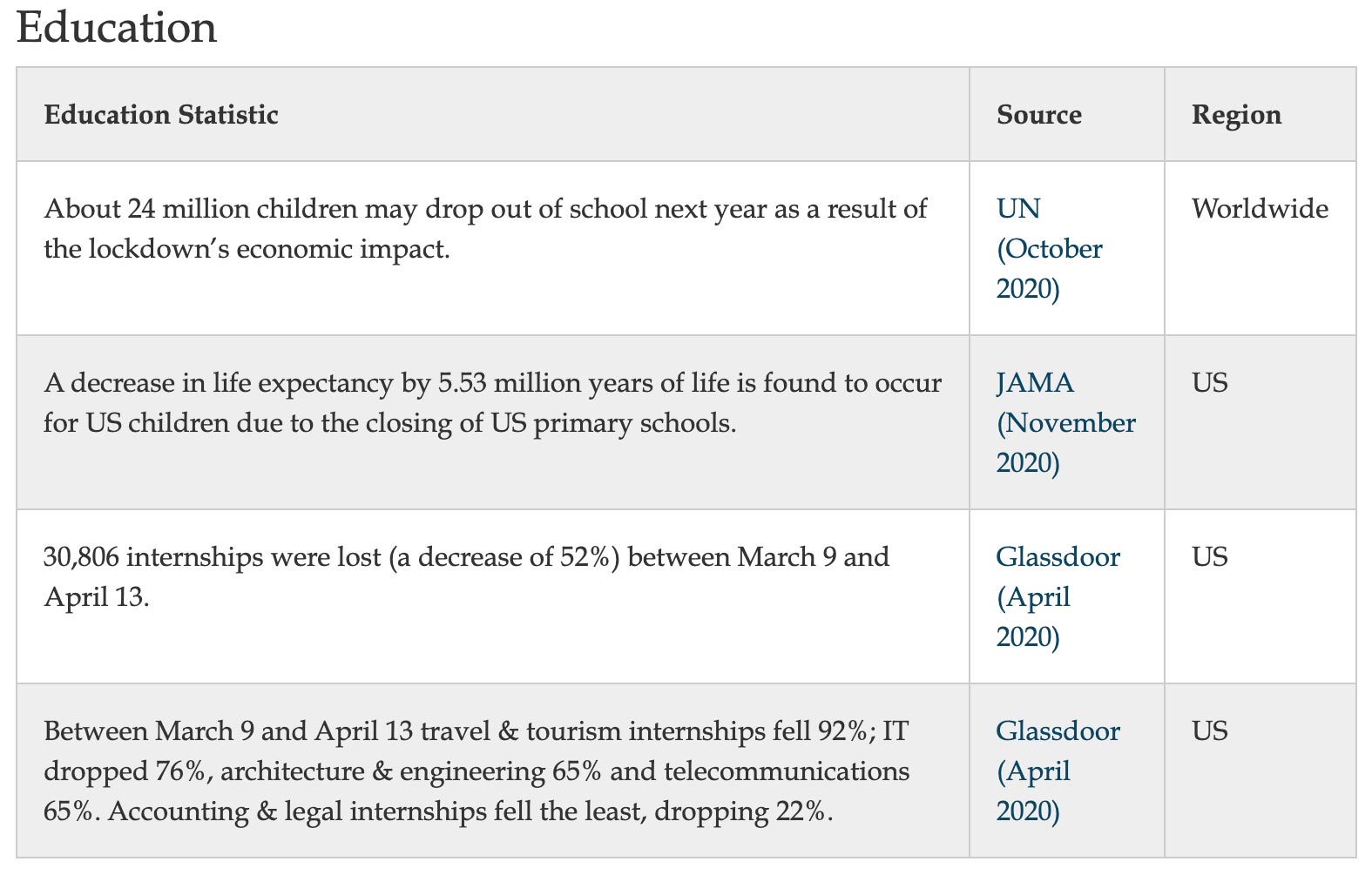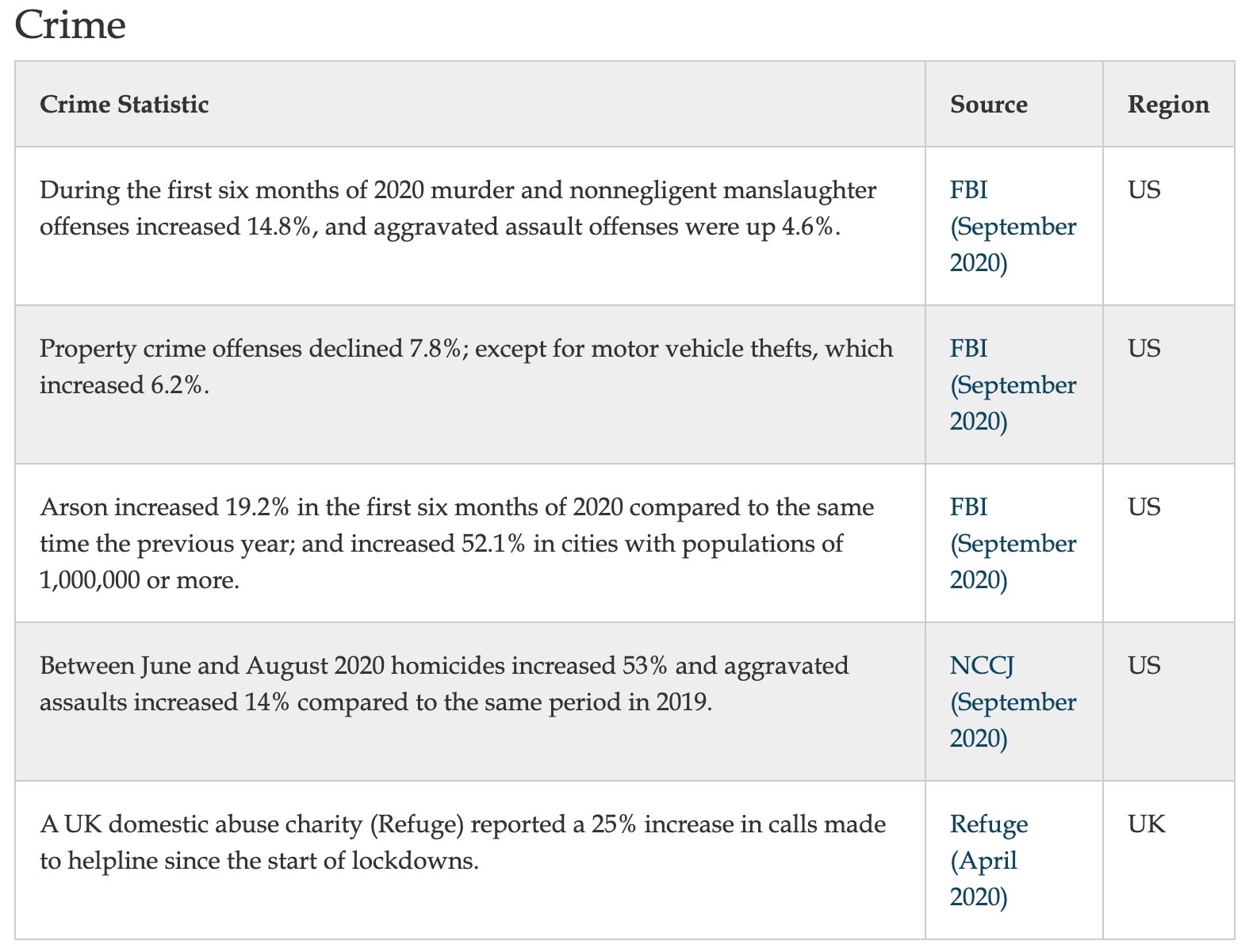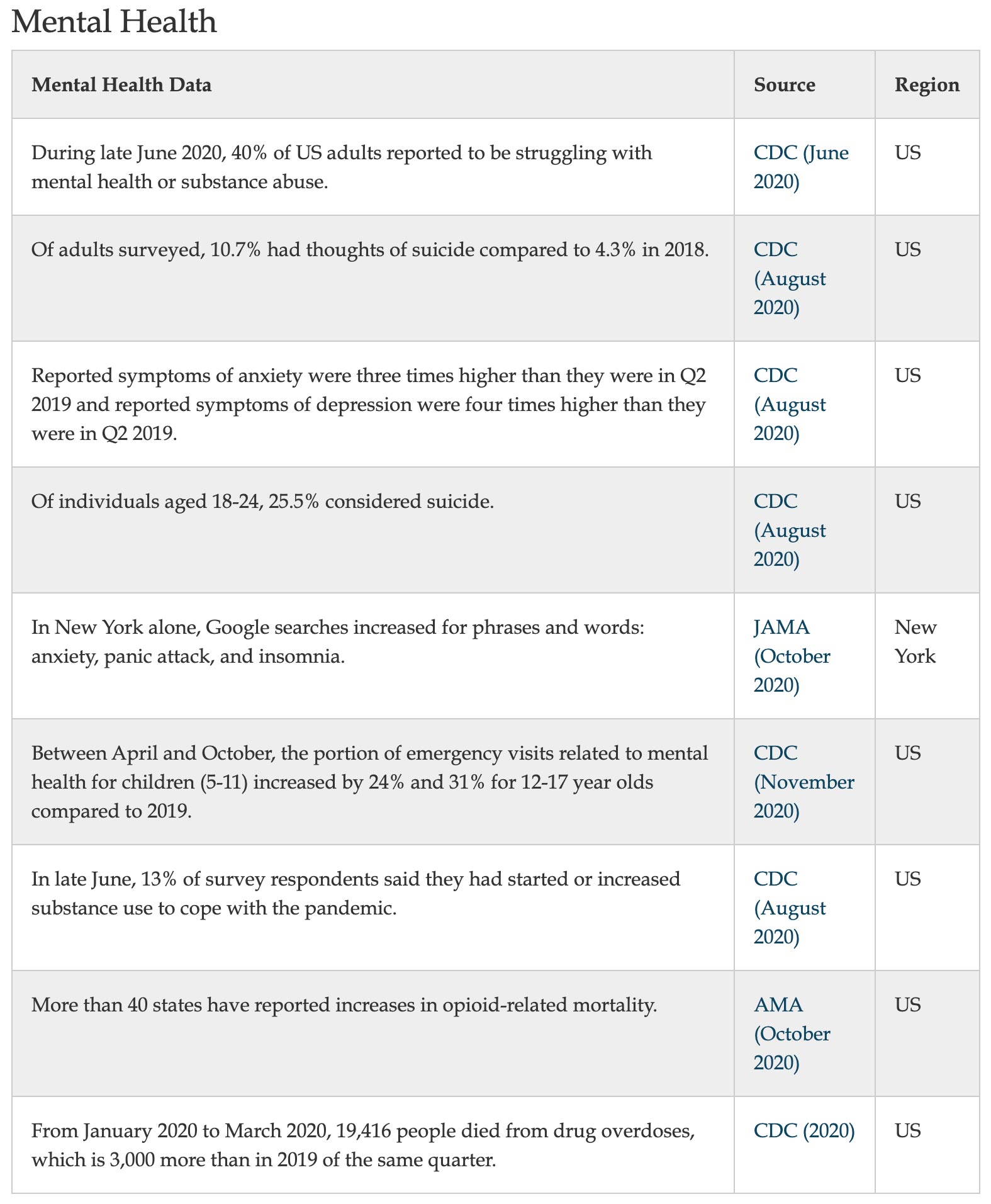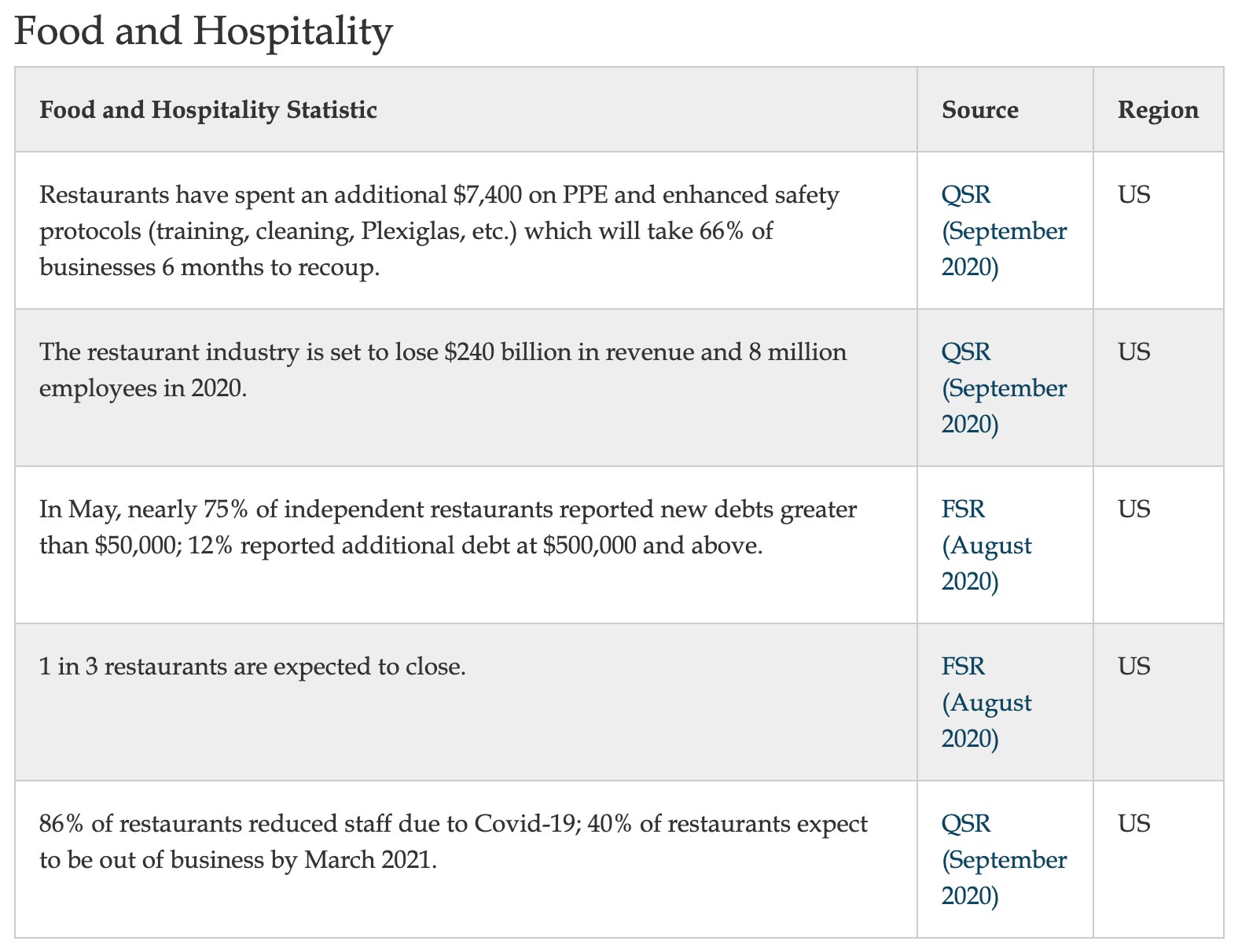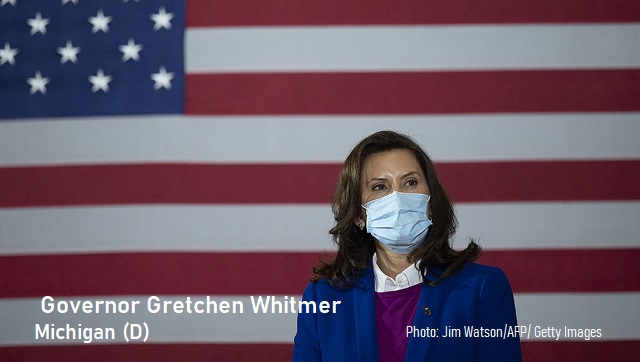Professor Stephanie Kelton, an advisor to leading Democrats and the Biden campaign, has written the Deficit Myth: Modern Monetary Theory and the Birth of the People’s Economy, a highly readable explanation of Modern Monetary Theory (MMT). Replete with frequent references to Sesame Street and Spider Man, it is just the work needed to inform the young Social Justice Warrior.
The key is the subtitle, the Birth of the People’s Economy. MMT is just the means to get to a “people’s economy” that “cares” about the environment and achieving income equality. Naturally, her definition of justice is assumed to be THE one and only definition.
MMT is not really a theory or is it new. It is more a clever accounting exposition of the plumbing of the “payments system,” the complex web tying fiscal and monetary players together. This includes key components such as the fiscal budget, the Federal Reserve, primary bond dealers, the commercial banking system and the credit markets.
It is not new because much of the work is old, dating back to a 1905 book by German socialist Friedrich Knapp, and neo-Keynesian economist Abba Lerner and his “functional finance” of the 1940s.
MMT makes multiple key assumptions and they are sweeping in their importance:
Government makes money. All money is derived from law.
A country that achieves “monetary sovereignty”, through a pure fiat currency, required for use to pay taxes and does not borrow in foreign currency, cannot default. That nation can print whatever money it needs to pay its bills.
Money is spent into existence by the government first and neither borrowing or taxation is necessary to fund the government.
Government deficits do not matter. They can be, and should be, as large as possible to achieve “full employment.”
The proper interest rate is basically zero percent.
Huge government borrowing crowds out no one. We owe China nothing. Government debt is our asset.
The Federal Budget is different than household, corporate or state because these other entities cannot spend money into existence.
Government should provide employment for all at a reasonable wage. They will be put to work in the “cares” economy. Scant detail is provided for this massive undertaking.
There is very little commentary about the impact this will have on the dollar as the reserve currency of the world.
Inflation is not caused by an increase in the money supply, but largely resource constraint. This assumption is hedged though, as we will shortly see. This assertion is among the most controversial because since 1870, there has been almost an 80% correlation of inflation to growth in the money supply. The battles over the budget, PAYGO, debt ceiling fights, concerns about solvency in Social Security are all meaningless. Whew!
She is quite irritated with Conservatives and main stream Liberal economists that do not appreciate her theory. She writes as a new believer who has had a religious experience and can’t understand people who have not seen the light.
Unlike Margaret Thatcher’s rule that socialism fails because it runs out of other people’s money to spend, Kelton sees no restriction on government other than lack of real resources. Government should be really big and do a lot of things for social justice.
While many of the assumptions are worth disputing, in fact much of the MMT agenda is already being implemented through massive FED Quantitative Easing, interest rate suppression, huge deficits and direct payments to individuals and business because of the Lockdown economy.
But what is more important perhaps, is her positions completely reverse the American idea of limited government. She wants the Federal government to subsidize even further the states, which will erode their independence to a point of non-functionality in a Federal system. Since the states lack “monetary sovereignty”, they are constrained. But with enough magic money from the Federal government, they too will become unconstrained and dependent on Federal regulation to keep the money flowing.
The American Founders set up a system acknowledging the natural tendency of men to abuse power in government and set up an elaborate system to control those dangerous tendencies. This involves separate branches of government, multi-layered Federalism, sound money, an independent judiciary and a written Constitution.
As a work of political economy, this book is dangerous and naïve. Basically, it boils down to government can grow to any size, and any cost, and it can and should be paid for by currency creation. Government is not here to preserve liberty, but to create equality and save the earth. The Constitution is not consulted.
While aware of inflation, she feels it is easy to deal with. The purpose of taxes for her is not to raise revenue. Taxes only serve to withdraw money from the system if inflation becomes a problem and to redistribute income.
If inflation becomes a problem, price indices will tell Congress when to raise taxes to “drain” money out of the system. Here at least, we do see a tacit recognition that the quantity of money has something to do with its purchasing power.
The two big indicators for her are price indices and “slack” in the economy. Neither are easy to measure and sometimes government plays with the indices to get the result they want. In today’s jargon, that would be the CPI and capacity utilization.
Briefly the rub is what Hayek called, the knowledge problem. Economic indicators are mostly lagging indicators. You already have the problem before the numbers tell you. Secondly, they are often inaccurate. That is why central planning has always failed.
How much do you raise taxes and inflict and on whom, to get X reduction in the inflation rate? Kelton does not know, nor could Congress. What Congress cannot know; it cannot act upon.
If inflation rises, Congress must then act by either cutting popular programs or increase taxes on some people or activities. Where is the evidence that Congress does taxes well? The tax code is longer than the Bible.
There is a difference between Congressional knowledge and Congressional will. Often, as an institution, it lacks both.
What if Congress is divided and can’t act at all?
The reason we have an independent central bank was to keep money creation as much as possible out of the political realm. She wants it squarely in the political realm, with all the attendant practical and historical risks.
She also lacks knowledge of the 1970s stagflation, where the country suffered from high unemployment, high inflation, low capacity utilization, and low economic growth. Keynesians told us at the time these conditions could not exist together. She basically does the same thing.
When government intervenes in market economies, like raising taxes, people react by changing their behavior. If people expect money to lose value, that changes their behavior towards spending, saving, and investing.
When government controls prices, wages, and interest rates, this sends out faulty signals resulting in misallocation of capital, which in turn creates booms and busts. That crisis then requires more and more government intervention.
Government then gets into a mode much like the game of Whack-a-Mole, doing things to stop people from reacting to its policies. That only works if you destroy their freedom. It is as Hayek put it, “the road to serfdom.”
Ironically, after people lose their freedom, the planned economy still doesn’t work because in the absence of a market, all decisions are merely political and divorced from real supply and demand.
Neither she or anyone else knows the precise amount of money to create, what interest rates should be and when and by how much money supply should be reduced. The Federal Reserve has been attempting such feats for some time and we have had plenty of violent business cycles as a result. Their management was supposed to smooth out the business cycle, remember?
She expects Congress that is full of blowhards and political charlatans to do this better? Yes, she does.
The word entrepreneur could not be found in the text or the index. She just assumes under the burden of her redistributionists policies that we will all be productive. Socialism on a national scale, and even the experiments with localized communes and kubutzes, all have failed because people don’t want to work for the collective, but for themselves and their families.
She confuses money with wealth. Money is not wealth, rather production is wealth. Money is simply the means to exchange wealth. This is a serious misunderstanding on her part.
She also believes that socialism is compatible with democratic government and personal freedom. This is a matter of heated debate. She is silent on this controversy.
Kelton has written a superficially convincing book on how to fund a socialist paradise. But by making money solely a creature of politics, she places us in historical jeopardy.
No fiat money has ever held its value for long for the reason that political chicanery wins. Trust in politicians is not presently or historically warranted. Inflation is a form of default. Liberty and order have not been secure when people are wiped out by inflation.
However, this book is important because it is superficially convincing and likely will become the economic template for the new socialist Democratic Party. Her name is affixed to the radical Sanders-Biden Unity Task Force agenda.
You need to know their arguments and be prepared to answer them.
*******
Neland Nobel recently retired after 45 years in the financial services industry.












